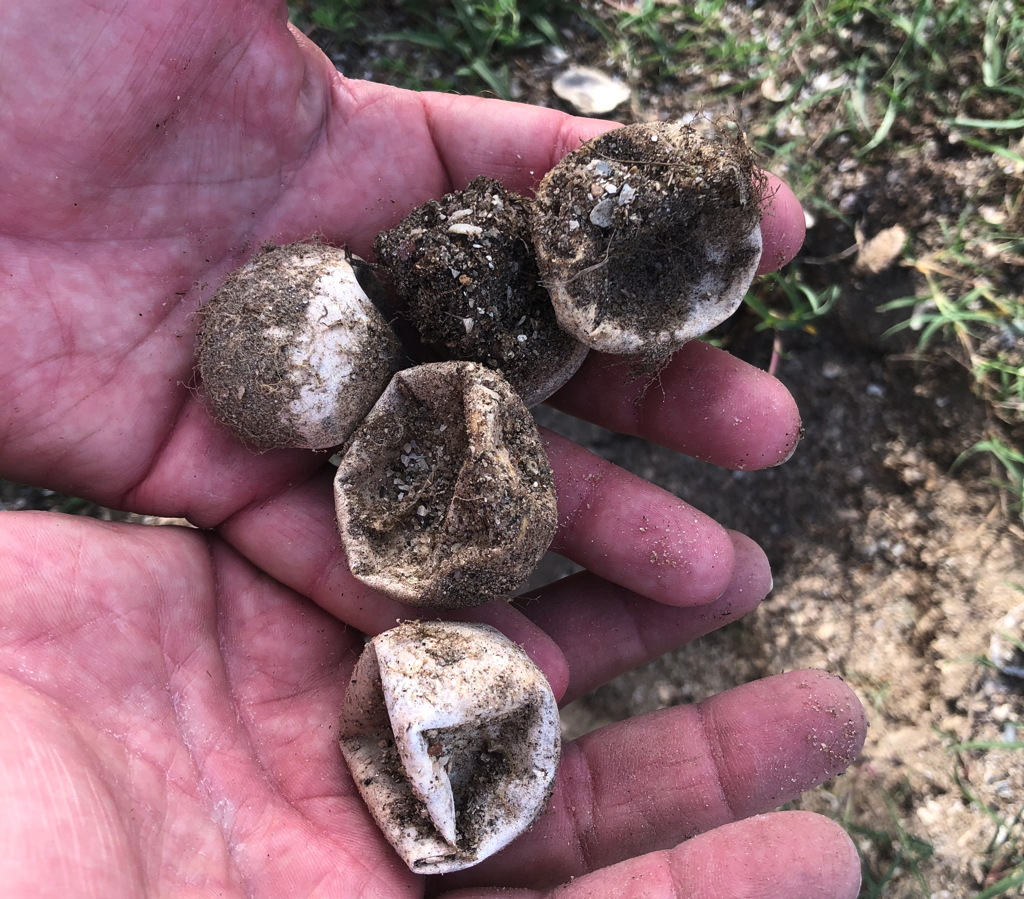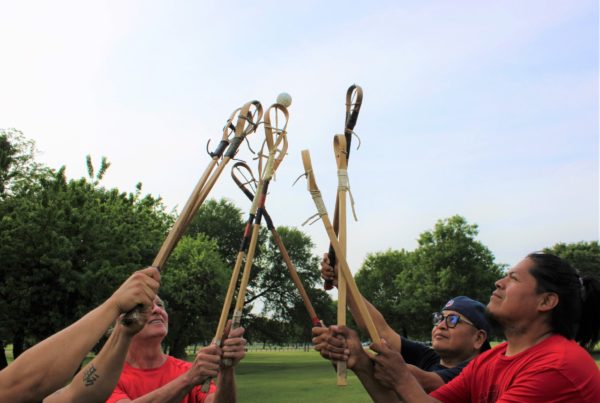Last month, conservationists found something surprising in the waters off Matagorda Bay’s Magnolia Beach: 45 Kemp’s ridley sea turtle hatchlings had made it off the beach and into the water. Experts say it’s the first time the endangered turtles have been found inside Matagorda Bay.
Pamela Plotkin, director of the Texas Sea Grant program and an associate research professor at Texas A&M, spoke with Texas Standard about what this means for the species. Listen to the interview above or read the transcript below.
This transcript has been edited lightly for clarity:
Texas Standard: Tell us a little bit more about the significance of turtles hatching on this particular beach.
Pamela Plotkin: Well, it’s the first time in modern history that a sea turtle has nested on a beach inside Matagorda Bay. And if you look across the other areas in Texas, there’s only been one other record of a sea turtle, a Kemp’s ridley nesting inside a bay on a beach. And that was many years ago in Corpus Christi Bay.
It is unusual, but why is that significant for the sea turtle, or is it?
Well, we think it’s significant because it extends our information about what places are suitable for sea turtles nesting in Texas. And so it’s not just that this turtle decided to put her eggs on a beach inside Matagorda Bay, but that they survived and they hatched without, you know, anybody’s awareness.
So this means that efforts to try to save the sea turtle could be expanded?
Well, efforts have been expanded. And so any time you see a Kemp’s ridley sea turtle nesting in Texas, it’s a conservation victory for the multiple organizations in Texas and Mexico that have been working tirelessly since the 1970s to save the species from extinction. And if you look at its trajectory, back in the mid 1980s, there were only a few hundred females left on this planet nesting in Mexico. And so since then, because of the efforts of folks at Texas Parks and Wildlife and National Park Service and our colleagues in Mexico, there has been a wonderful effort to protect the nests on beaches and to reduce the mortality of adults in the water.
And those efforts have paid off. And so every time we see a Kemp’s ridley sea turtle nesting on a beach, it’s a success. And to see them expanding into new areas is further exciting. And that’s why this one in particular is so exciting for people who have been working with sea turtles.
» RELATED: Texas’ first nature documentary hopes to spark conversations about conservation















